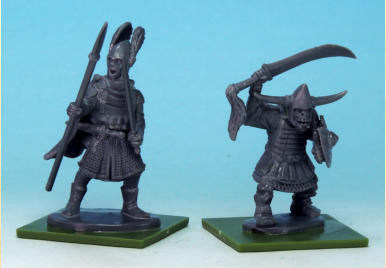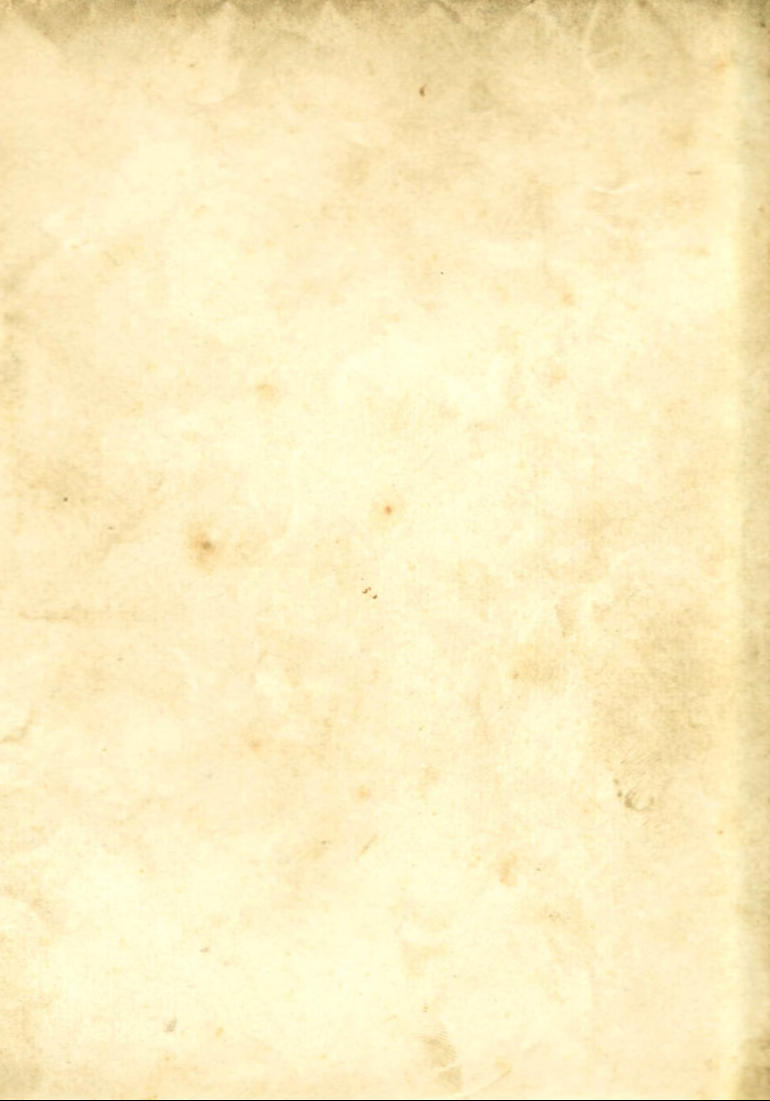
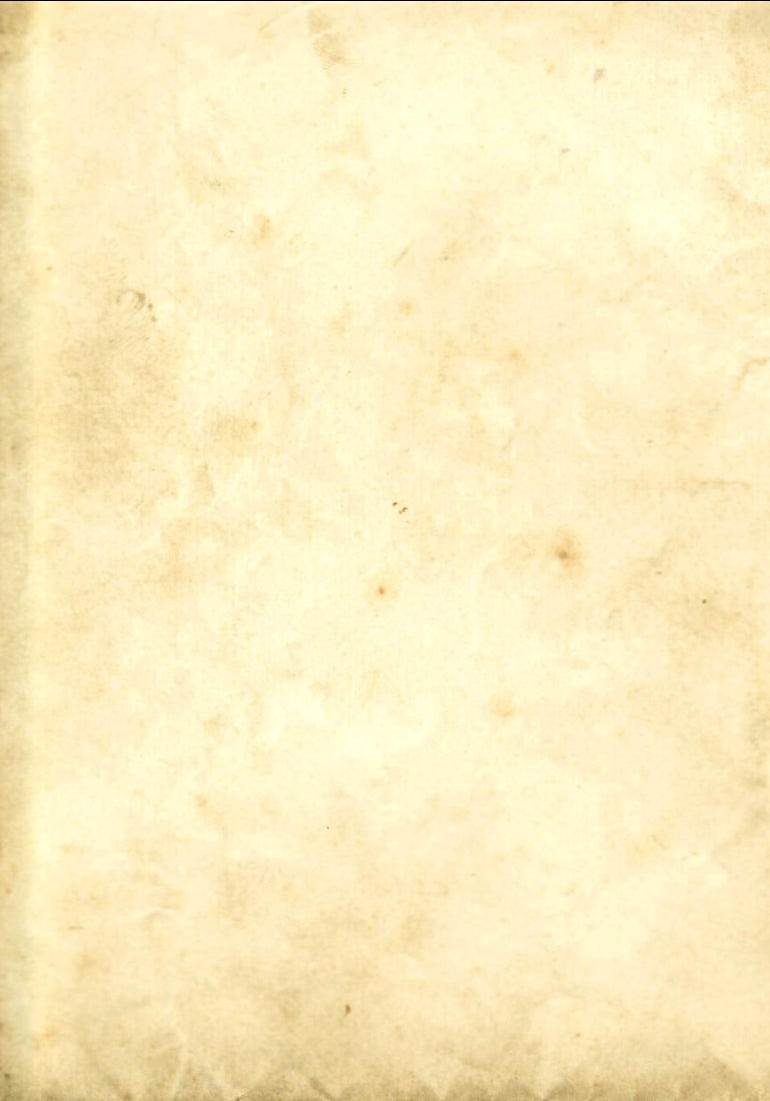
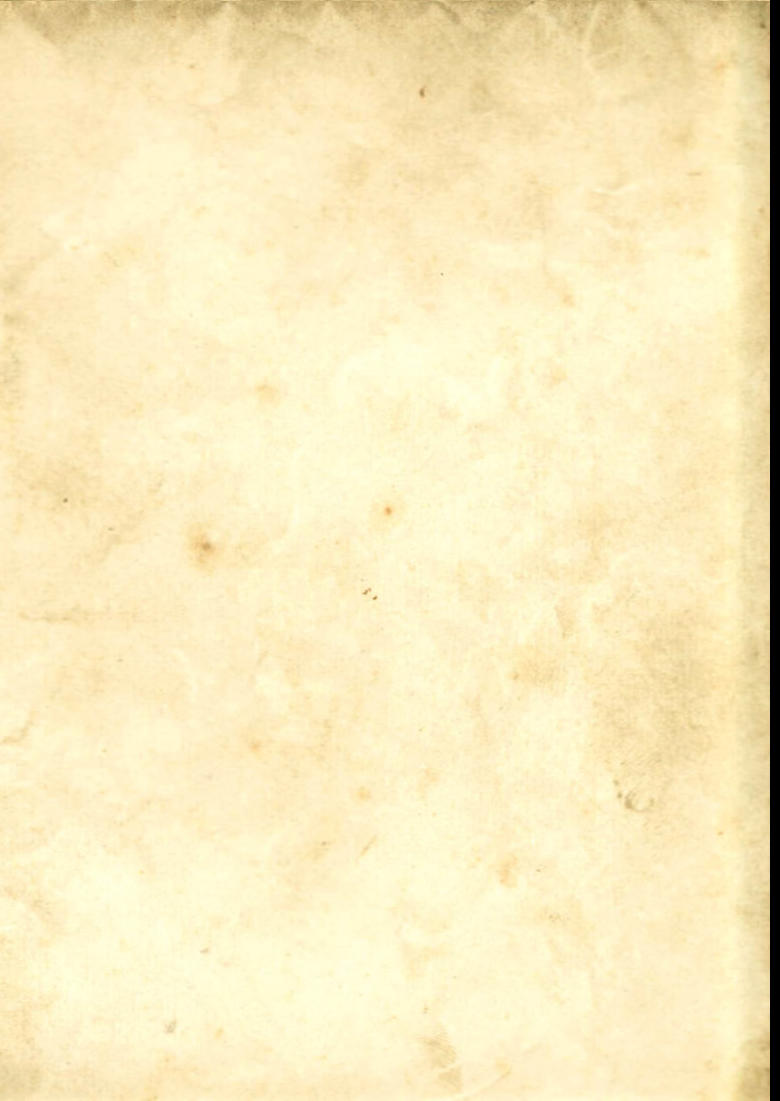
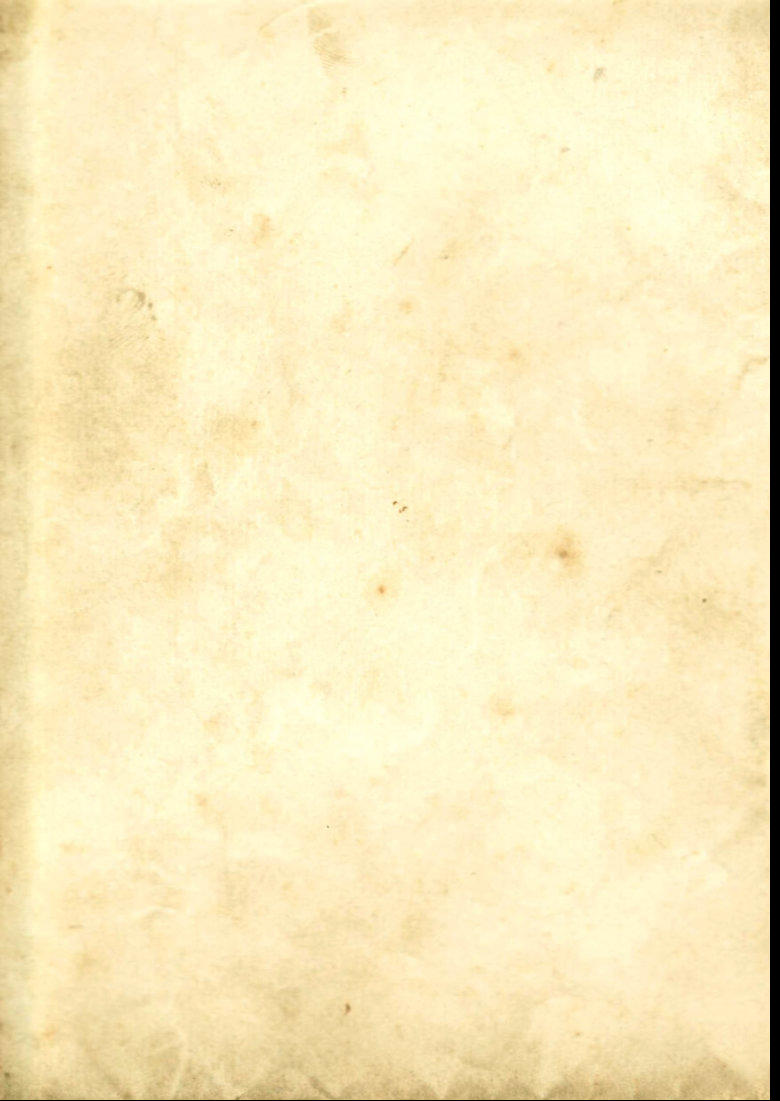
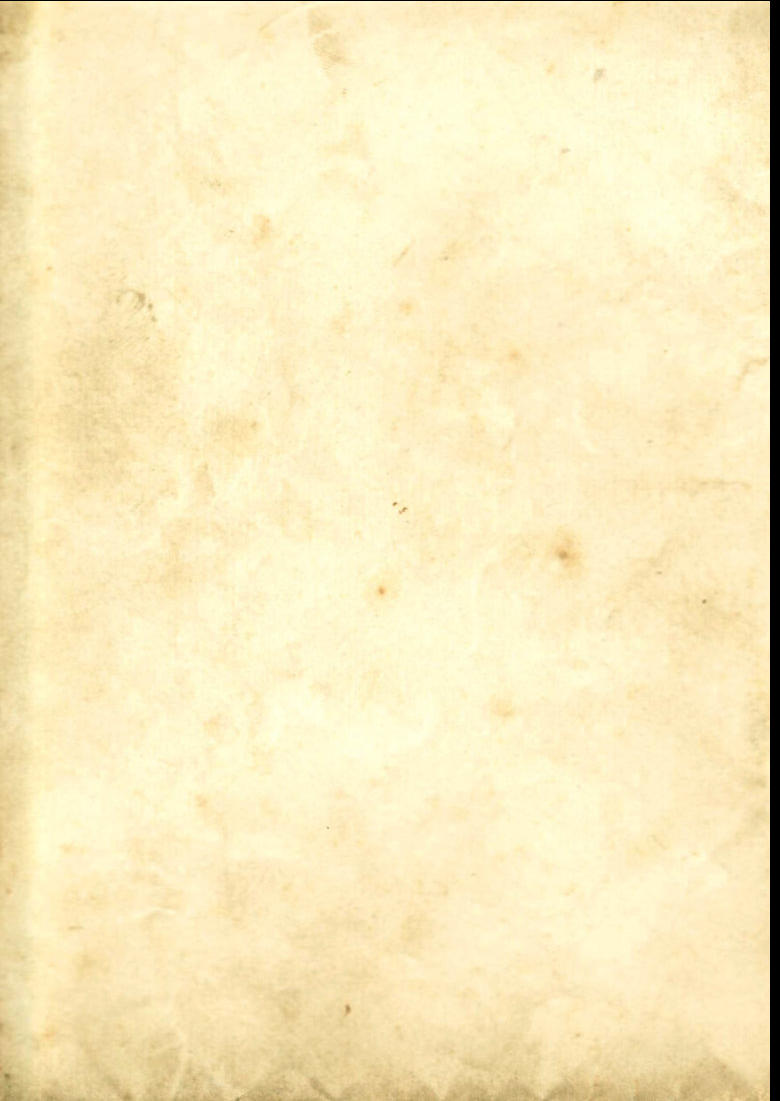
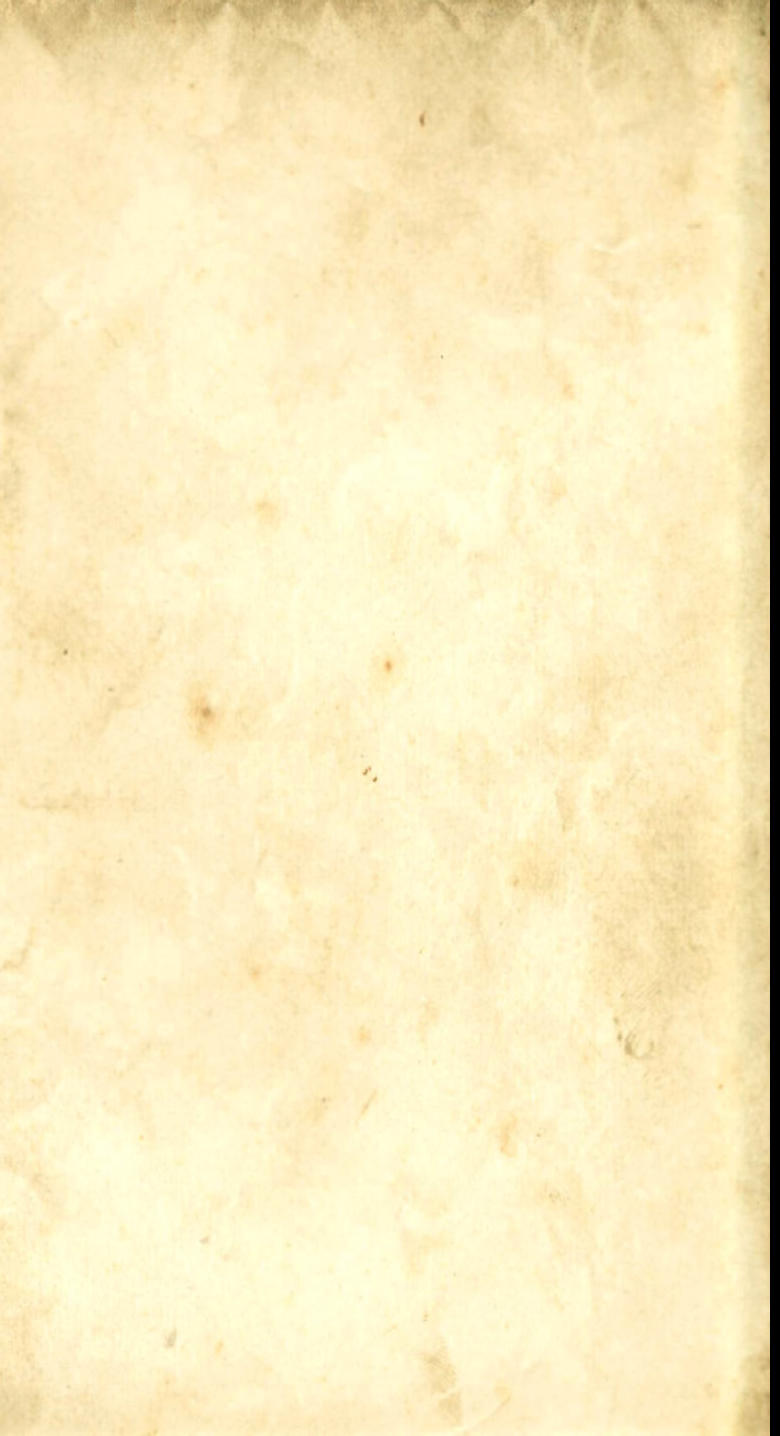
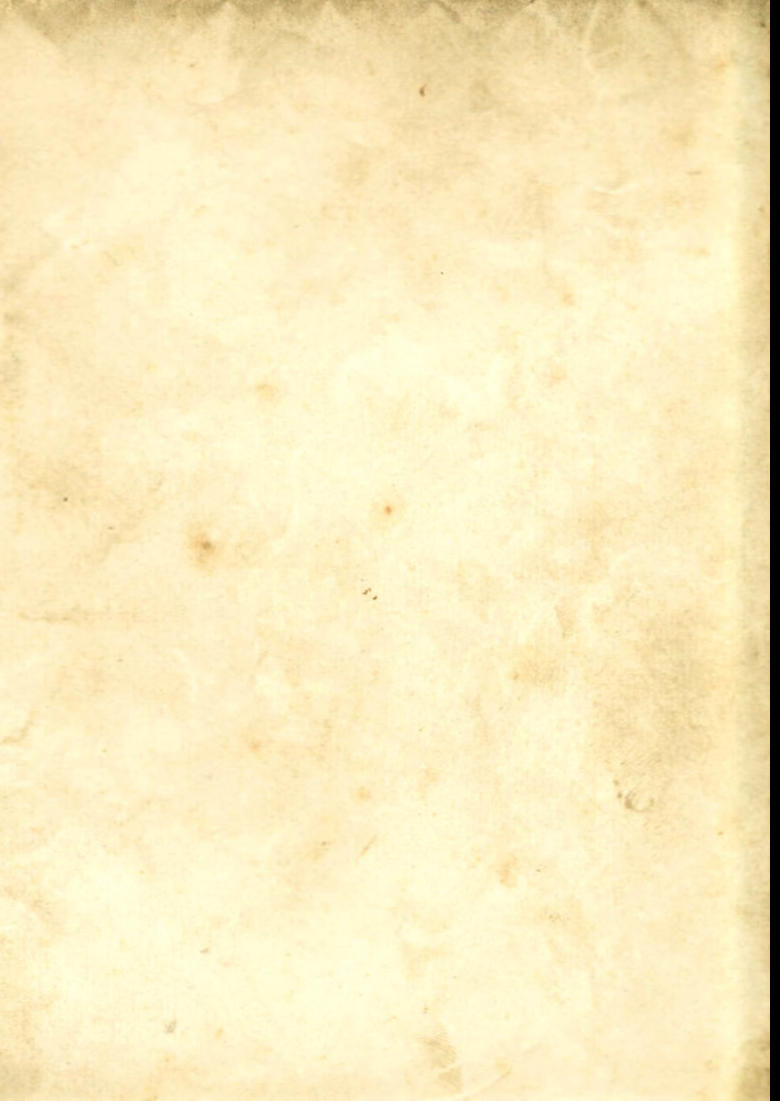
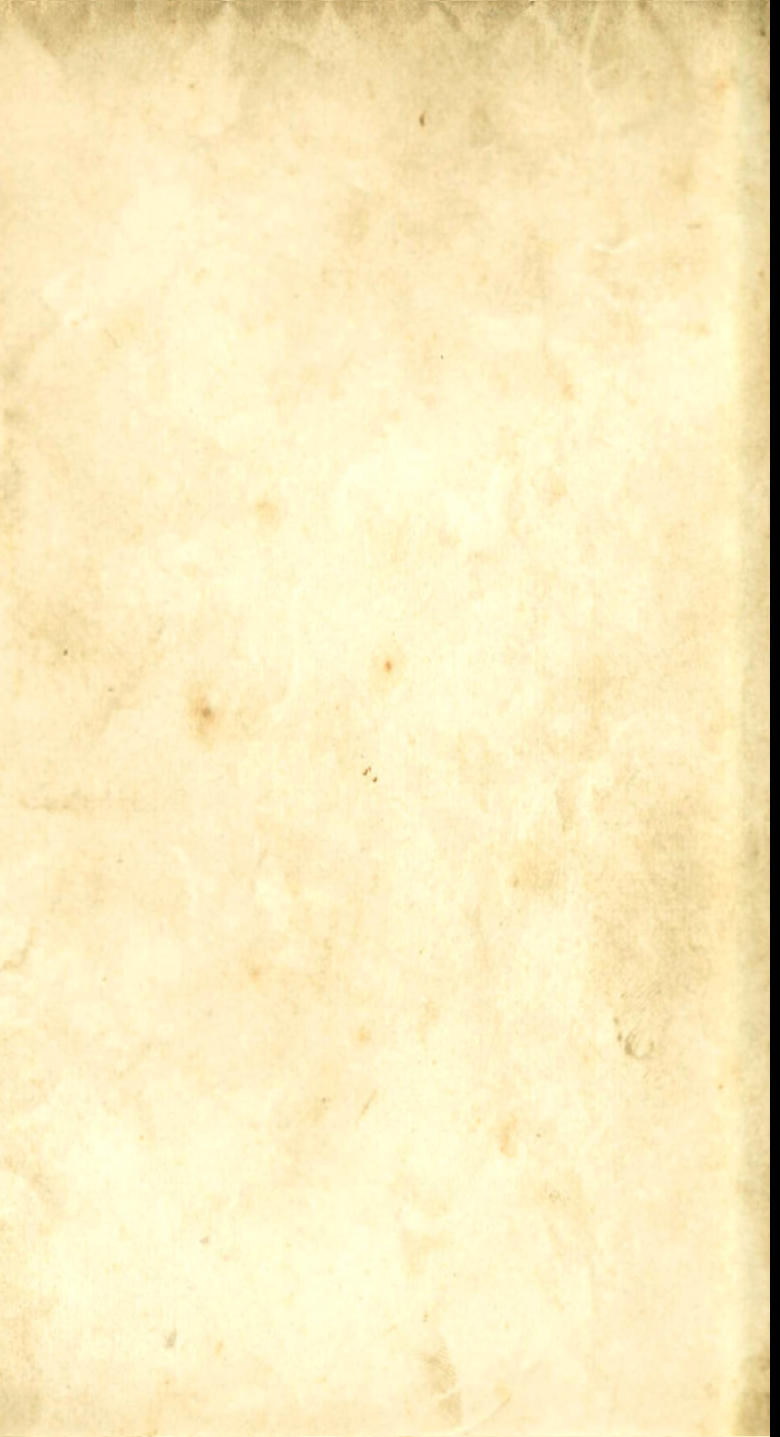
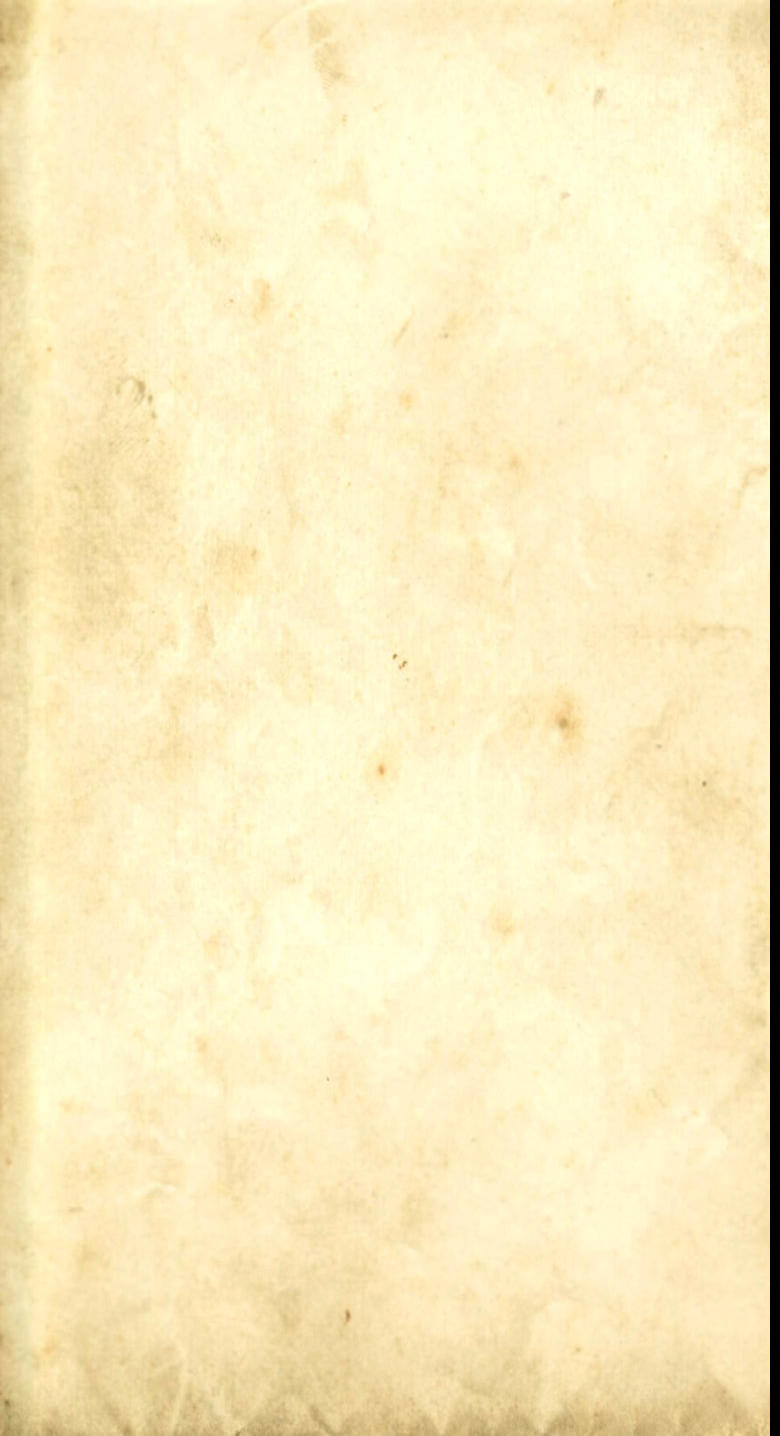




















During the recent heavy lock down period Kev Dallimore and I managed to cooperate on a joint personal project
and I managed to cooperate on a joint personal project whilst managing to keep socially distant. It was hard on us
whilst managing to keep socially distant. It was hard on us both so the question is, why did we do this?
Having both been inspired by the release of the new
both so the question is, why did we do this?
Having both been inspired by the release of the new Oathmark rules by Osprey (and written by Joe
Oathmark rules by Osprey (and written by Joe McCullough) we thought about playing a few games and
McCullough) we thought about playing a few games and wondered what we’d use to do this. So we did a quick
wondered what we’d use to do this. So we did a quick assessment of our individually owned fantasy ‘armies’:
assessment of our individually owned fantasy ‘armies’: Kev’s was more recent than my own but largely
Kev’s was more recent than my own but largely comprised bits and pieces, whilst my own – while
comprised bits and pieces, whilst my own – while extensive – was like something out of the ark: it’s over
extensive – was like something out of the ark: it’s over forty years old and contained a lot of aged Minifigs,
forty years old and contained a lot of aged Minifigs, Kriegspiel, Citadel, Chronicle and Ral Partha from the
Kriegspiel, Citadel, Chronicle and Ral Partha from the period. It’s also in need of some TLC...
period. It’s also in need of some TLC... MOVING ON
Fun as all of that stock take was, we decided that we
MOVING ON
Fun as all of that stock take was, we decided that we needed a fresh approach. The new plastic Oathmark
needed a fresh approach. The new plastic Oathmark figures from North Star and Osprey seemed like a good
figures from North Star and Osprey seemed like a good starting point so we looked at the boxes in the range and
starting point so we looked at the boxes in the range and what we had available between us and made some plans.
what we had available between us and made some plans. The first decision to be made was ‘background’ or – dare I
The first decision to be made was ‘background’ or – dare I say – ‘period’. Did we want to do build armies based in
say – ‘period’. Did we want to do build armies based in the Author’s bespoke Oathmark background or did we
the Author’s bespoke Oathmark background or did we want to base it on something else? Or could we do both?
want to base it on something else? Or could we do both? We decided to generate units that didn’t break any of the
We decided to generate units that didn’t break any of the tenets or rules within the Oathmark system and therefore
tenets or rules within the Oathmark system and therefore could be used as (for want of a better term) ‘straight’
could be used as (for want of a better term) ‘straight’ Oathmark Armies. However, we wanted to theme them
Oathmark Armies. However, we wanted to theme them as something different that we both enjoyed: they were to
as something different that we both enjoyed: they were to be firmly Tolkien based armies and were to be true to the
be firmly Tolkien based armies and were to be true to the Lord of the Rings, the Silmarillion and so forth. The
Lord of the Rings, the Silmarillion and so forth. The books, obviously, rather than the films...
WHO, WHEN & WHERE
So – after a general theme (Oathmark friendly and
books, obviously, rather than the films...
WHO, WHEN & WHERE
So – after a general theme (Oathmark friendly and Middle-earth) – the next decision was ‘period’: what slot
Middle-earth) – the next decision was ‘period’: what slot could we find in the canonical material that would enable
could we find in the canonical material that would enable us to field two decent sized armies from the figures
us to field two decent sized armies from the figures available? We postulated a point in time we called an
available? We postulated a point in time we called an ‘Interwar period’: some period between the White
‘Interwar period’: some period between the White Council’s forcing of The Necromancer’s withdrawal from
Council’s forcing of The Necromancer’s withdrawal from 
 and I managed to cooperate on a joint personal project
and I managed to cooperate on a joint personal project whilst managing to keep socially distant. It was hard on us
whilst managing to keep socially distant. It was hard on us both so the question is, why did we do this?
Having both been inspired by the release of the new
both so the question is, why did we do this?
Having both been inspired by the release of the new Oathmark rules by Osprey (and written by Joe
Oathmark rules by Osprey (and written by Joe McCullough) we thought about playing a few games and
McCullough) we thought about playing a few games and wondered what we’d use to do this. So we did a quick
wondered what we’d use to do this. So we did a quick assessment of our individually owned fantasy ‘armies’:
assessment of our individually owned fantasy ‘armies’: Kev’s was more recent than my own but largely
Kev’s was more recent than my own but largely comprised bits and pieces, whilst my own – while
comprised bits and pieces, whilst my own – while extensive – was like something out of the ark: it’s over
extensive – was like something out of the ark: it’s over forty years old and contained a lot of aged Minifigs,
forty years old and contained a lot of aged Minifigs, Kriegspiel, Citadel, Chronicle and Ral Partha from the
Kriegspiel, Citadel, Chronicle and Ral Partha from the period. It’s also in need of some TLC...
period. It’s also in need of some TLC... MOVING ON
Fun as all of that stock take was, we decided that we
MOVING ON
Fun as all of that stock take was, we decided that we needed a fresh approach. The new plastic Oathmark
needed a fresh approach. The new plastic Oathmark figures from North Star and Osprey seemed like a good
figures from North Star and Osprey seemed like a good starting point so we looked at the boxes in the range and
starting point so we looked at the boxes in the range and what we had available between us and made some plans.
what we had available between us and made some plans. The first decision to be made was ‘background’ or – dare I
The first decision to be made was ‘background’ or – dare I say – ‘period’. Did we want to do build armies based in
say – ‘period’. Did we want to do build armies based in the Author’s bespoke Oathmark background or did we
the Author’s bespoke Oathmark background or did we want to base it on something else? Or could we do both?
want to base it on something else? Or could we do both? We decided to generate units that didn’t break any of the
We decided to generate units that didn’t break any of the tenets or rules within the Oathmark system and therefore
tenets or rules within the Oathmark system and therefore could be used as (for want of a better term) ‘straight’
could be used as (for want of a better term) ‘straight’ Oathmark Armies. However, we wanted to theme them
Oathmark Armies. However, we wanted to theme them as something different that we both enjoyed: they were to
as something different that we both enjoyed: they were to be firmly Tolkien based armies and were to be true to the
be firmly Tolkien based armies and were to be true to the Lord of the Rings, the Silmarillion and so forth. The
Lord of the Rings, the Silmarillion and so forth. The books, obviously, rather than the films...
WHO, WHEN & WHERE
So – after a general theme (Oathmark friendly and
books, obviously, rather than the films...
WHO, WHEN & WHERE
So – after a general theme (Oathmark friendly and Middle-earth) – the next decision was ‘period’: what slot
Middle-earth) – the next decision was ‘period’: what slot could we find in the canonical material that would enable
could we find in the canonical material that would enable us to field two decent sized armies from the figures
us to field two decent sized armies from the figures available? We postulated a point in time we called an
available? We postulated a point in time we called an ‘Interwar period’: some period between the White
‘Interwar period’: some period between the White Council’s forcing of The Necromancer’s withdrawal from
Council’s forcing of The Necromancer’s withdrawal from 
OATHMARK EXPRESS
Above. Dol Guldur Great Orcs.
Dol Guldur to a time slot just before the actual War of the Ring. So, roughly around 2940 to 3019 in the Third Age.
Ring. So, roughly around 2940 to 3019 in the Third Age.  Location wise we also thought that the Anduin river
Location wise we also thought that the Anduin river between the Misty Mountains and Mirkwood would give us
between the Misty Mountains and Mirkwood would give us a splendid spot for conflict. For the good guys there are
a splendid spot for conflict. For the good guys there are Elves available from both Thranduil’s realm in Mirkwood
Elves available from both Thranduil’s realm in Mirkwood plus, perhaps, Lothlorien as well as men in the shape of
plus, perhaps, Lothlorien as well as men in the shape of local Beornings and Dwarves from the Iron Hills. There
local Beornings and Dwarves from the Iron Hills. There could also be Lakemen and Rohirrim if we went far
could also be Lakemen and Rohirrim if we went far enough, geographically speaking, but for the latter we
enough, geographically speaking, but for the latter we didn’t have any suitable mounted figures (yet) so that was
didn’t have any suitable mounted figures (yet) so that was all moot.
For the combined forces of bad guys – the Axis of Evil, if
all moot.
For the combined forces of bad guys – the Axis of Evil, if you will – there could be the Orcs of Dol Guldur (greater
you will – there could be the Orcs of Dol Guldur (greater Orcs and lesser Goblins in the service of Mordor); Orcs or
Orcs and lesser Goblins in the service of Mordor); Orcs or Goblins from the Misty Mountains (lesser breeds, for the
Goblins from the Misty Mountains (lesser breeds, for the most part, but good cannon fodder); Wargs (and Goblins
most part, but good cannon fodder); Wargs (and Goblins mounted on them) also from the mountains; plus the
mounted on them) also from the mountains; plus the beginings, perhaps, of Saruman’s clandestine forces.
beginings, perhaps, of Saruman’s clandestine forces. These would be made up from Uruks and Man Orcs (or
These would be made up from Uruks and Man Orcs (or Half Orcs) which we thought he might be serupticiously
Half Orcs) which we thought he might be serupticiously testing the water with. Of course we could also have
testing the water with. Of course we could also have spiders, trolls and a bear but… well, maybe that’s for later!
spiders, trolls and a bear but… well, maybe that’s for later! WHAT COULD WE MAKE?
With those forces in mind that I’ve outlined, we looked at
WHAT COULD WE MAKE?
With those forces in mind that I’ve outlined, we looked at the Oathmark Boxed Sets that we had to hand and
the Oathmark Boxed Sets that we had to hand and assessed what we might be able to achieve in the time we
assessed what we might be able to achieve in the time we had available. We had one box each of Goblin Wolf
had available. We had one box each of Goblin Wolf Riders; Humans; Dwarves; Armoured Dwarves; Goblins;
Riders; Humans; Dwarves; Armoured Dwarves; Goblins; Armoured Elves plus a couple of frames of the new Light
Armoured Elves plus a couple of frames of the new Light Elves.
Elves. We wanted three things from this project: two armies or
We wanted three things from this project: two armies or around 1500 points; all of the troop types covered; and we
around 1500 points; all of the troop types covered; and we wanted them quick. Our two builds – performed safely and
wanted them quick. Our two builds – performed safely and separately, of course, taking advantage of a necessary
separately, of course, taking advantage of a necessary drop off on the way to a supermarket for food – needed to
drop off on the way to a supermarket for food – needed to happen in a single weekend! A similarly speedy painting of
happen in a single weekend! A similarly speedy painting of these figures would come later, and this will be covered in
these figures would come later, and this will be covered in the next article, but those were the objectives: within the
the next article, but those were the objectives: within the constraints of what figures we had and the time we had
constraints of what figures we had and the time we had available, it was fast and safe!
available, it was fast and safe!
 Ring. So, roughly around 2940 to 3019 in the Third Age.
Ring. So, roughly around 2940 to 3019 in the Third Age.  Location wise we also thought that the Anduin river
Location wise we also thought that the Anduin river between the Misty Mountains and Mirkwood would give us
between the Misty Mountains and Mirkwood would give us a splendid spot for conflict. For the good guys there are
a splendid spot for conflict. For the good guys there are Elves available from both Thranduil’s realm in Mirkwood
Elves available from both Thranduil’s realm in Mirkwood plus, perhaps, Lothlorien as well as men in the shape of
plus, perhaps, Lothlorien as well as men in the shape of local Beornings and Dwarves from the Iron Hills. There
local Beornings and Dwarves from the Iron Hills. There could also be Lakemen and Rohirrim if we went far
could also be Lakemen and Rohirrim if we went far enough, geographically speaking, but for the latter we
enough, geographically speaking, but for the latter we didn’t have any suitable mounted figures (yet) so that was
didn’t have any suitable mounted figures (yet) so that was all moot.
For the combined forces of bad guys – the Axis of Evil, if
all moot.
For the combined forces of bad guys – the Axis of Evil, if you will – there could be the Orcs of Dol Guldur (greater
you will – there could be the Orcs of Dol Guldur (greater Orcs and lesser Goblins in the service of Mordor); Orcs or
Orcs and lesser Goblins in the service of Mordor); Orcs or Goblins from the Misty Mountains (lesser breeds, for the
Goblins from the Misty Mountains (lesser breeds, for the most part, but good cannon fodder); Wargs (and Goblins
most part, but good cannon fodder); Wargs (and Goblins mounted on them) also from the mountains; plus the
mounted on them) also from the mountains; plus the beginings, perhaps, of Saruman’s clandestine forces.
beginings, perhaps, of Saruman’s clandestine forces. These would be made up from Uruks and Man Orcs (or
These would be made up from Uruks and Man Orcs (or Half Orcs) which we thought he might be serupticiously
Half Orcs) which we thought he might be serupticiously testing the water with. Of course we could also have
testing the water with. Of course we could also have spiders, trolls and a bear but… well, maybe that’s for later!
spiders, trolls and a bear but… well, maybe that’s for later! WHAT COULD WE MAKE?
With those forces in mind that I’ve outlined, we looked at
WHAT COULD WE MAKE?
With those forces in mind that I’ve outlined, we looked at the Oathmark Boxed Sets that we had to hand and
the Oathmark Boxed Sets that we had to hand and assessed what we might be able to achieve in the time we
assessed what we might be able to achieve in the time we had available. We had one box each of Goblin Wolf
had available. We had one box each of Goblin Wolf Riders; Humans; Dwarves; Armoured Dwarves; Goblins;
Riders; Humans; Dwarves; Armoured Dwarves; Goblins; Armoured Elves plus a couple of frames of the new Light
Armoured Elves plus a couple of frames of the new Light Elves.
Elves. We wanted three things from this project: two armies or
We wanted three things from this project: two armies or around 1500 points; all of the troop types covered; and we
around 1500 points; all of the troop types covered; and we wanted them quick. Our two builds – performed safely and
wanted them quick. Our two builds – performed safely and separately, of course, taking advantage of a necessary
separately, of course, taking advantage of a necessary drop off on the way to a supermarket for food – needed to
drop off on the way to a supermarket for food – needed to happen in a single weekend! A similarly speedy painting of
happen in a single weekend! A similarly speedy painting of these figures would come later, and this will be covered in
these figures would come later, and this will be covered in the next article, but those were the objectives: within the
the next article, but those were the objectives: within the constraints of what figures we had and the time we had
constraints of what figures we had and the time we had available, it was fast and safe!
available, it was fast and safe!
THE OATHMARK ARMY LISTS
Middle-earth Armies for the Interwar period 2940TA to 3019TA

PICK AND MIX
As we wanted a greater variety of figures than what we had available in the boxes, we thought about doing some
had available in the boxes, we thought about doing some mix and match. For example, we wanted to use the Goblin
mix and match. For example, we wanted to use the Goblin sprues for regular Orcs and Goblins (albeit quite large
sprues for regular Orcs and Goblins (albeit quite large ones) but, for the Great Orcs, Uruks and Half Orcs, we
ones) but, for the Great Orcs, Uruks and Half Orcs, we wanted something different. Uruks are described by
wanted something different. Uruks are described by Tolkien as ‘almost man height’ with round shields and
Tolkien as ‘almost man height’ with round shields and straight swords. The Half Orcs are used as spear or
straight swords. The Half Orcs are used as spear or pikemen by Saruman and, I’ve always thought, are one of
pikemen by Saruman and, I’ve always thought, are one of the differing racial ‘mixes’ that Saruman attempted (them
the differing racial ‘mixes’ that Saruman attempted (them being, perhaps, slightly more ‘man’ than ‘goblin’ in his
being, perhaps, slightly more ‘man’ than ‘goblin’ in his breeding experimentations than the Uruks were). The
breeding experimentations than the Uruks were). The Great Orcs – like Sauron’s commander Grishnákh in the
Great Orcs – like Sauron’s commander Grishnákh in the Lord of the Rings – are described as shorter than
Lord of the Rings – are described as shorter than Saruman’s Uruks but very broad and powerful. Our
Saruman’s Uruks but very broad and powerful. Our conundrum was, how to achieve this variety with the
conundrum was, how to achieve this variety with the models we had?
models we had? The answer was a series of head, arm, weapon, shield
The answer was a series of head, arm, weapon, shield and body swaps. Where possible, this was done with
and body swaps. Where possible, this was done with simple plastic-to-plastic, ‘cut and stick’ (with liquid-polly
simple plastic-to-plastic, ‘cut and stick’ (with liquid-polly cement) but – where necessary – greenstuff ribbon epoxy
cement) but – where necessary – greenstuff ribbon epoxy putty was used to fill gaps. Typically this was needed on
putty was used to fill gaps. Typically this was needed on awkward head transitions (or should I saw ‘orc-ward’…).
awkward head transitions (or should I saw ‘orc-ward’…). For example the Goblin heads – which stick onto a peg on
For example the Goblin heads – which stick onto a peg on 
 had available in the boxes, we thought about doing some
had available in the boxes, we thought about doing some mix and match. For example, we wanted to use the Goblin
mix and match. For example, we wanted to use the Goblin sprues for regular Orcs and Goblins (albeit quite large
sprues for regular Orcs and Goblins (albeit quite large ones) but, for the Great Orcs, Uruks and Half Orcs, we
ones) but, for the Great Orcs, Uruks and Half Orcs, we wanted something different. Uruks are described by
wanted something different. Uruks are described by Tolkien as ‘almost man height’ with round shields and
Tolkien as ‘almost man height’ with round shields and straight swords. The Half Orcs are used as spear or
straight swords. The Half Orcs are used as spear or pikemen by Saruman and, I’ve always thought, are one of
pikemen by Saruman and, I’ve always thought, are one of the differing racial ‘mixes’ that Saruman attempted (them
the differing racial ‘mixes’ that Saruman attempted (them being, perhaps, slightly more ‘man’ than ‘goblin’ in his
being, perhaps, slightly more ‘man’ than ‘goblin’ in his breeding experimentations than the Uruks were). The
breeding experimentations than the Uruks were). The Great Orcs – like Sauron’s commander Grishnákh in the
Great Orcs – like Sauron’s commander Grishnákh in the Lord of the Rings – are described as shorter than
Lord of the Rings – are described as shorter than Saruman’s Uruks but very broad and powerful. Our
Saruman’s Uruks but very broad and powerful. Our conundrum was, how to achieve this variety with the
conundrum was, how to achieve this variety with the models we had?
models we had? The answer was a series of head, arm, weapon, shield
The answer was a series of head, arm, weapon, shield and body swaps. Where possible, this was done with
and body swaps. Where possible, this was done with simple plastic-to-plastic, ‘cut and stick’ (with liquid-polly
simple plastic-to-plastic, ‘cut and stick’ (with liquid-polly cement) but – where necessary – greenstuff ribbon epoxy
cement) but – where necessary – greenstuff ribbon epoxy putty was used to fill gaps. Typically this was needed on
putty was used to fill gaps. Typically this was needed on awkward head transitions (or should I saw ‘orc-ward’…).
awkward head transitions (or should I saw ‘orc-ward’…). For example the Goblin heads – which stick onto a peg on
For example the Goblin heads – which stick onto a peg on 
WHAT DID WE DO?
Here’s a list of the ‘cut and shunt’ performed: •
Uruks had Goblin bodies and heads, plus
•
Uruks had Goblin bodies and heads, plus Armoured Dwarf, round shields with human straight
Armoured Dwarf, round shields with human straight sword arms (with the odd one from the spares box: Kev
sword arms (with the odd one from the spares box: Kev found a Ghost Archipelago sword arm that worked very
found a Ghost Archipelago sword arm that worked very nicely!).
•
The mannish Half Orcs have human bodies
nicely!).
•
The mannish Half Orcs have human bodies including their square shields; a mix of arms – some
including their square shields; a mix of arms – some human and some Goblin but all with spears – plus
human and some Goblin but all with spears – plus Goblin heads, and all needing some putty work to make
Goblin heads, and all needing some putty work to make them fit. Some of the heads for both these and the Uruks
them fit. Some of the heads for both these and the Uruks came from the Goblin box but some also came from the
came from the Goblin box but some also came from the Wolf Riders box – you get a lot of spare heads which is
Wolf Riders box – you get a lot of spare heads which is great!
great!
 •
Uruks had Goblin bodies and heads, plus
•
Uruks had Goblin bodies and heads, plus Armoured Dwarf, round shields with human straight
Armoured Dwarf, round shields with human straight sword arms (with the odd one from the spares box: Kev
sword arms (with the odd one from the spares box: Kev found a Ghost Archipelago sword arm that worked very
found a Ghost Archipelago sword arm that worked very nicely!).
•
The mannish Half Orcs have human bodies
nicely!).
•
The mannish Half Orcs have human bodies including their square shields; a mix of arms – some
including their square shields; a mix of arms – some human and some Goblin but all with spears – plus
human and some Goblin but all with spears – plus Goblin heads, and all needing some putty work to make
Goblin heads, and all needing some putty work to make them fit. Some of the heads for both these and the Uruks
them fit. Some of the heads for both these and the Uruks came from the Goblin box but some also came from the
came from the Goblin box but some also came from the Wolf Riders box – you get a lot of spare heads which is
Wolf Riders box – you get a lot of spare heads which is great!
great!
NEXT (PAGE 2
There are plans for other add-ons to the forces: Kev has a very nice new Oathmark Wingless
Kev has a very nice new Oathmark Wingless Dragon for a cold drake that he’s itching to use
Dragon for a cold drake that he’s itching to use but that would have to be balanced by something
but that would have to be balanced by something like Beorn for the good guys (and he’s not short of
like Beorn for the good guys (and he’s not short of bears...). However the next step is, of course,
bears...). However the next step is, of course, painting: they must get a paint job and we’ll cover
painting: they must get a paint job and we’ll cover that in part two. Pandemic or not, the day either of
that in part two. Pandemic or not, the day either of us put an army on the table unpainted is a day
us put an army on the table unpainted is a day that just isn’t going to happen. Even if we have
that just isn’t going to happen. Even if we have paint in separate houses and – eventually – play
paint in separate houses and – eventually – play the game two metres apart!
the game two metres apart!
 Kev has a very nice new Oathmark Wingless
Kev has a very nice new Oathmark Wingless Dragon for a cold drake that he’s itching to use
Dragon for a cold drake that he’s itching to use but that would have to be balanced by something
but that would have to be balanced by something like Beorn for the good guys (and he’s not short of
like Beorn for the good guys (and he’s not short of bears...). However the next step is, of course,
bears...). However the next step is, of course, painting: they must get a paint job and we’ll cover
painting: they must get a paint job and we’ll cover that in part two. Pandemic or not, the day either of
that in part two. Pandemic or not, the day either of us put an army on the table unpainted is a day
us put an army on the table unpainted is a day that just isn’t going to happen. Even if we have
that just isn’t going to happen. Even if we have paint in separate houses and – eventually – play
paint in separate houses and – eventually – play the game two metres apart!
the game two metres apart!
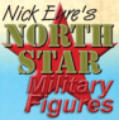

Building armies under duress: Part 1
By John Treadaway
FORCES OF EVIL
Orc Commander (General)
250pts
10 Dol Guldur Great Orcs (Line Breaker)
180pts
10 Dol Guldur Orc Warriors (Orc soldier)
130pts
10 Uruks of the White Hand (Line Breaker)
180pts
10 Orc Spearmen of the White Hand
(Orc Spearmen)
140pts
10 Mountain Goblin Archers
100pts
10 Half Orcs of The White Hand (Orc Spear)
140pts
10 Half Orcs of The White Hand (Orc Spear)
140pts
5 Goblin Warg Riders with Spears
100pts
5 Goblin Warg Riders with Scimitars
100pts
5 Goblin Warg Archers (Scout)
120pts
Total
1580pts
FORCES OF GOOD
Elf Commander (General)
329pts
10 Beorning Militia (Human spearmen)
130pts
10 Armoured Dwarves – Kings Body Guard
(Line Breaker)
200pts
10 Shielded Dwarves (Dwarf warrior)
170pts
10 Light Wood Elves with Bows (rangers)
250pts
5 Armoured Elves with Bows
120pts
5 Armoured Elves with Spears
110pts
5 Armoured Elf Warriors with Swords
130pts
5 Armoured Elf Guard – double Armed
(Line Breaker)
150pts
Total
1589pts
the shoulders of the Goblin body – don’t fit neatly onto the dish shaped shoulder/neck interface that features on the
dish shaped shoulder/neck interface that features on the human bodies or, for that matter, the flat interface on top
human bodies or, for that matter, the flat interface on top of the dwarf bodies: all the heads stick on in different
of the dwarf bodies: all the heads stick on in different ways and this leads to gaps.
Fortunately Tolkien’s Orcs are quite hairy so a green stuff
ways and this leads to gaps.
Fortunately Tolkien’s Orcs are quite hairy so a green stuff blob was employed as both a glue and then teased out
blob was employed as both a glue and then teased out into straggly hair with sculpting tools and a scalpel, which
into straggly hair with sculpting tools and a scalpel, which worked well to hide gaps –and gaps there certainly were!
worked well to hide gaps –and gaps there certainly were! We also used putty to add extra fur and hide some gaps
We also used putty to add extra fur and hide some gaps on the wolves/wargs and to mask the odd bisected body
on the wolves/wargs and to mask the odd bisected body join – specifically where the two halves of the head meet –
join – specifically where the two halves of the head meet – but more of that later.
Greenstuff does have its limits though. Sometimes –
but more of that later.
Greenstuff does have its limits though. Sometimes – especially if you have a ball of greenstuff ‘on the go’ for a
especially if you have a ball of greenstuff ‘on the go’ for a while as you perform your ‘Doctor Frankenstein’ style
while as you perform your ‘Doctor Frankenstein’ style surgery – the putty can go off enough to lose it’s initial
surgery – the putty can go off enough to lose it’s initial stickiness. Then, a head that looks to be stuck on well
stickiness. Then, a head that looks to be stuck on well using just the putty, might well drop off later in handling
using just the putty, might well drop off later in handling and clean up – as some of ours did! Fortunately, the two
and clean up – as some of ours did! Fortunately, the two halves of the join – the underside of the head and the
halves of the join – the underside of the head and the greenstuff ‘socket’ it sat in – are a perfect ‘male/female’
greenstuff ‘socket’ it sat in – are a perfect ‘male/female’ joint and stick back together seamlessly and tenaciously
joint and stick back together seamlessly and tenaciously with a drop of super-glue.
with a drop of super-glue.
 dish shaped shoulder/neck interface that features on the
dish shaped shoulder/neck interface that features on the human bodies or, for that matter, the flat interface on top
human bodies or, for that matter, the flat interface on top of the dwarf bodies: all the heads stick on in different
of the dwarf bodies: all the heads stick on in different ways and this leads to gaps.
Fortunately Tolkien’s Orcs are quite hairy so a green stuff
ways and this leads to gaps.
Fortunately Tolkien’s Orcs are quite hairy so a green stuff blob was employed as both a glue and then teased out
blob was employed as both a glue and then teased out into straggly hair with sculpting tools and a scalpel, which
into straggly hair with sculpting tools and a scalpel, which worked well to hide gaps –and gaps there certainly were!
worked well to hide gaps –and gaps there certainly were! We also used putty to add extra fur and hide some gaps
We also used putty to add extra fur and hide some gaps on the wolves/wargs and to mask the odd bisected body
on the wolves/wargs and to mask the odd bisected body join – specifically where the two halves of the head meet –
join – specifically where the two halves of the head meet – but more of that later.
Greenstuff does have its limits though. Sometimes –
but more of that later.
Greenstuff does have its limits though. Sometimes – especially if you have a ball of greenstuff ‘on the go’ for a
especially if you have a ball of greenstuff ‘on the go’ for a while as you perform your ‘Doctor Frankenstein’ style
while as you perform your ‘Doctor Frankenstein’ style surgery – the putty can go off enough to lose it’s initial
surgery – the putty can go off enough to lose it’s initial stickiness. Then, a head that looks to be stuck on well
stickiness. Then, a head that looks to be stuck on well using just the putty, might well drop off later in handling
using just the putty, might well drop off later in handling and clean up – as some of ours did! Fortunately, the two
and clean up – as some of ours did! Fortunately, the two halves of the join – the underside of the head and the
halves of the join – the underside of the head and the greenstuff ‘socket’ it sat in – are a perfect ‘male/female’
greenstuff ‘socket’ it sat in – are a perfect ‘male/female’ joint and stick back together seamlessly and tenaciously
joint and stick back together seamlessly and tenaciously with a drop of super-glue.
with a drop of super-glue.
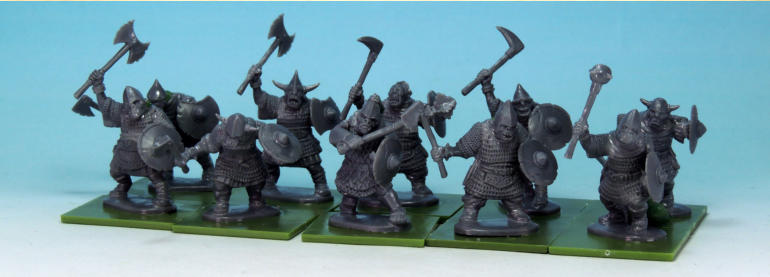
Above. Dol Guldur Great Orcs.
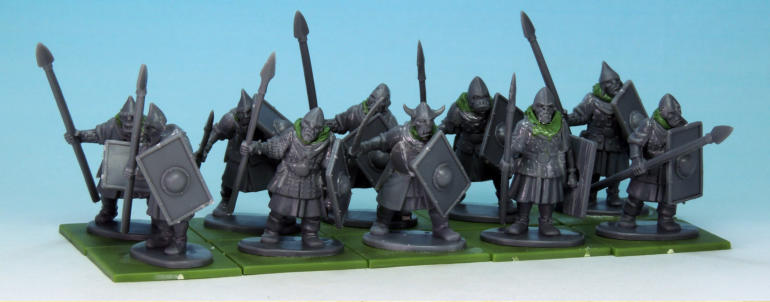
Above. Half Orcs of The White Hand (Orc Spear).
•
The Dol Guldur Great Orcs have Dwarven bodies – the straight, chainmail bodies of the Dwarf set – with
the straight, chainmail bodies of the Dwarf set – with helmeted Goblin heads. The arms were all Goblin arms
helmeted Goblin heads. The arms were all Goblin arms with axes and heavy weapons, plus Goblin shields.
with axes and heavy weapons, plus Goblin shields.  •
In all of these units we tried to make leaders look a
•
In all of these units we tried to make leaders look a little different (as is required by the rules) so, for example,
little different (as is required by the rules) so, for example, the Great Orc leader (Grishnákh’s brother or something…)
the Great Orc leader (Grishnákh’s brother or something…) has a heavy Armoured Dwarf body and Dwarf arms, just
has a heavy Armoured Dwarf body and Dwarf arms, just to make him look exceptionable. Extra colour and texture
to make him look exceptionable. Extra colour and texture was also added on leaders – horse tails on Orc and Uruk
was also added on leaders – horse tails on Orc and Uruk Leaders, and plumes on the Elves, for example.
Leaders, and plumes on the Elves, for example. •
The Warg riders were assembled pretty much
•
The Warg riders were assembled pretty much straight from the Wolf Riders box with a little remedial
straight from the Wolf Riders box with a little remedial putty work. There’s three units: five with bow (as Scouts);
putty work. There’s three units: five with bow (as Scouts); five with spears and five with scimitars. The leader is
five with spears and five with scimitars. The leader is identified by having a pillion hanging on for grim death:
identified by having a pillion hanging on for grim death: not a fighting advantage as much as an uncommon act of
not a fighting advantage as much as an uncommon act of kindness!
kindness!
 the straight, chainmail bodies of the Dwarf set – with
the straight, chainmail bodies of the Dwarf set – with helmeted Goblin heads. The arms were all Goblin arms
helmeted Goblin heads. The arms were all Goblin arms with axes and heavy weapons, plus Goblin shields.
with axes and heavy weapons, plus Goblin shields.  •
In all of these units we tried to make leaders look a
•
In all of these units we tried to make leaders look a little different (as is required by the rules) so, for example,
little different (as is required by the rules) so, for example, the Great Orc leader (Grishnákh’s brother or something…)
the Great Orc leader (Grishnákh’s brother or something…) has a heavy Armoured Dwarf body and Dwarf arms, just
has a heavy Armoured Dwarf body and Dwarf arms, just to make him look exceptionable. Extra colour and texture
to make him look exceptionable. Extra colour and texture was also added on leaders – horse tails on Orc and Uruk
was also added on leaders – horse tails on Orc and Uruk Leaders, and plumes on the Elves, for example.
Leaders, and plumes on the Elves, for example. •
The Warg riders were assembled pretty much
•
The Warg riders were assembled pretty much straight from the Wolf Riders box with a little remedial
straight from the Wolf Riders box with a little remedial putty work. There’s three units: five with bow (as Scouts);
putty work. There’s three units: five with bow (as Scouts); five with spears and five with scimitars. The leader is
five with spears and five with scimitars. The leader is identified by having a pillion hanging on for grim death:
identified by having a pillion hanging on for grim death: not a fighting advantage as much as an uncommon act of
not a fighting advantage as much as an uncommon act of kindness!
kindness!
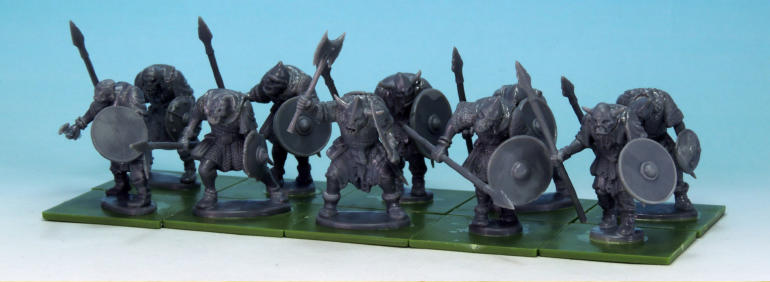
Above. Orc Spearmen of the White Hand (Orc Spearmen).
•
The Goblin units are pretty much straight from the box though with head and spears sometimes selected
box though with head and spears sometimes selected from the Goblin Rider box just to add variety, and some
from the Goblin Rider box just to add variety, and some given Dwarf shields.
given Dwarf shields. •
The Beornings have the Human bodies and heads
•
The Beornings have the Human bodies and heads but with the plain, round Dwarf shields and are
but with the plain, round Dwarf shields and are exclusively spearmen. Shields aside – with an Armoured
exclusively spearmen. Shields aside – with an Armoured Dwarf shield for the leader – they are a pretty straight
Dwarf shield for the leader – they are a pretty straight build, but then they are generic, low ranking men: they
build, but then they are generic, low ranking men: they could be the older, remaining Rohirrim infantry such as
could be the older, remaining Rohirrim infantry such as were left in the defence of Helms Deep, or Lakemen just
were left in the defence of Helms Deep, or Lakemen just as easily so they are deliberately quite generic.
as easily so they are deliberately quite generic. •
The four units of armoured elves are similarly just
•
The four units of armoured elves are similarly just built from the box. I did a little work on the double armed
built from the box. I did a little work on the double armed guys to get a variety of poses and weapons – the leader
guys to get a variety of poses and weapons – the leader has a battlefield trophy of an orc scimitar in his left hand
has a battlefield trophy of an orc scimitar in his left hand from the Goblin box – but the only reason they are
from the Goblin box – but the only reason they are double armed is to signify them as the Kings Guard (in the
double armed is to signify them as the Kings Guard (in the list they are categorised as ‘Line Breakers’) but the other
list they are categorised as ‘Line Breakers’) but the other 
 box though with head and spears sometimes selected
box though with head and spears sometimes selected from the Goblin Rider box just to add variety, and some
from the Goblin Rider box just to add variety, and some given Dwarf shields.
given Dwarf shields. •
The Beornings have the Human bodies and heads
•
The Beornings have the Human bodies and heads but with the plain, round Dwarf shields and are
but with the plain, round Dwarf shields and are exclusively spearmen. Shields aside – with an Armoured
exclusively spearmen. Shields aside – with an Armoured Dwarf shield for the leader – they are a pretty straight
Dwarf shield for the leader – they are a pretty straight build, but then they are generic, low ranking men: they
build, but then they are generic, low ranking men: they could be the older, remaining Rohirrim infantry such as
could be the older, remaining Rohirrim infantry such as were left in the defence of Helms Deep, or Lakemen just
were left in the defence of Helms Deep, or Lakemen just as easily so they are deliberately quite generic.
as easily so they are deliberately quite generic. •
The four units of armoured elves are similarly just
•
The four units of armoured elves are similarly just built from the box. I did a little work on the double armed
built from the box. I did a little work on the double armed guys to get a variety of poses and weapons – the leader
guys to get a variety of poses and weapons – the leader has a battlefield trophy of an orc scimitar in his left hand
has a battlefield trophy of an orc scimitar in his left hand from the Goblin box – but the only reason they are
from the Goblin box – but the only reason they are double armed is to signify them as the Kings Guard (in the
double armed is to signify them as the Kings Guard (in the list they are categorised as ‘Line Breakers’) but the other
list they are categorised as ‘Line Breakers’) but the other 
three units are equipped as a sword, spear and bow unit. •
The Light Elves are Elf Rangers and built pretty
•
The Light Elves are Elf Rangers and built pretty much straight from the sprue by Kev.
much straight from the sprue by Kev. •
The Dwarves have had a little work, which we split
•
The Dwarves have had a little work, which we split between us. I swapped armoured dwarf and unarmoured
between us. I swapped armoured dwarf and unarmoured dwarf arms around a little and I added the boar helmet
dwarf arms around a little and I added the boar helmet crests (and I added a special big one for my leader with
crests (and I added a special big one for my leader with the boar from the standard attached to the dwarfs helmet
the boar from the standard attached to the dwarfs helmet for a really obvious command figure) but they are all fairly
for a really obvious command figure) but they are all fairly standard.
standard. •
The Leaders for both armies got the most work and
•
The Leaders for both armies got the most work and Kev did those: the Elven leader has an upper body from
Kev did those: the Elven leader has an upper body from an Armoured Dwarf added to an Elven lower body with
an Armoured Dwarf added to an Elven lower body with elven arms and weapons and a Frostgrave cloak (from
elven arms and weapons and a Frostgrave cloak (from the female soldiers set) again taken from Kev’s capacious
the female soldiers set) again taken from Kev’s capacious spare box (and which fitted surprisingly well). The Great
spare box (and which fitted surprisingly well). The Great Orc leader also has an armoured dwarf body (the
Orc leader also has an armoured dwarf body (the whole thing, though) plus a head, shield, and long scimitar
whole thing, though) plus a head, shield, and long scimitar from the wolf rider box.
from the wolf rider box.
 •
The Light Elves are Elf Rangers and built pretty
•
The Light Elves are Elf Rangers and built pretty much straight from the sprue by Kev.
much straight from the sprue by Kev. •
The Dwarves have had a little work, which we split
•
The Dwarves have had a little work, which we split between us. I swapped armoured dwarf and unarmoured
between us. I swapped armoured dwarf and unarmoured dwarf arms around a little and I added the boar helmet
dwarf arms around a little and I added the boar helmet crests (and I added a special big one for my leader with
crests (and I added a special big one for my leader with the boar from the standard attached to the dwarfs helmet
the boar from the standard attached to the dwarfs helmet for a really obvious command figure) but they are all fairly
for a really obvious command figure) but they are all fairly standard.
standard. •
The Leaders for both armies got the most work and
•
The Leaders for both armies got the most work and Kev did those: the Elven leader has an upper body from
Kev did those: the Elven leader has an upper body from an Armoured Dwarf added to an Elven lower body with
an Armoured Dwarf added to an Elven lower body with elven arms and weapons and a Frostgrave cloak (from
elven arms and weapons and a Frostgrave cloak (from the female soldiers set) again taken from Kev’s capacious
the female soldiers set) again taken from Kev’s capacious spare box (and which fitted surprisingly well). The Great
spare box (and which fitted surprisingly well). The Great Orc leader also has an armoured dwarf body (the
Orc leader also has an armoured dwarf body (the whole thing, though) plus a head, shield, and long scimitar
whole thing, though) plus a head, shield, and long scimitar from the wolf rider box.
from the wolf rider box.

Above. Dol Guldur Orc Warriors (Orc soldier).

Above. Uruks of the White Hand (Line Breaker).

Above. Mountain Goblin Archers.

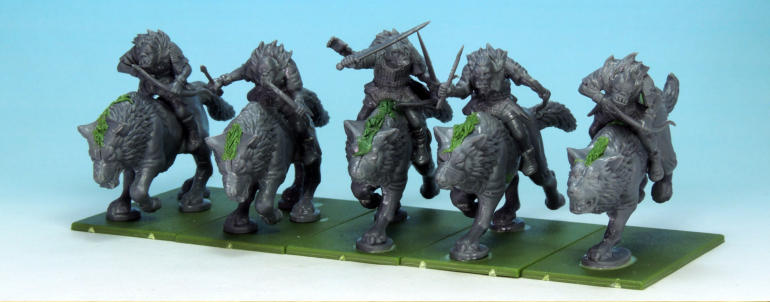
Above. Goblin Warg Archers (Scout).

Above. Goblin Warg Riders with Hand Weapons.
Above. Light Wood Elves with Bows (rangers).
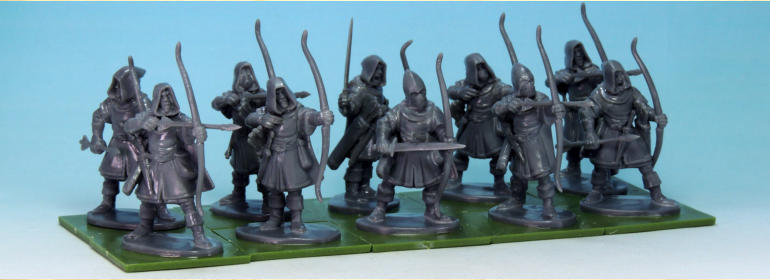
Above. Beorning Militia (Human spearmen).
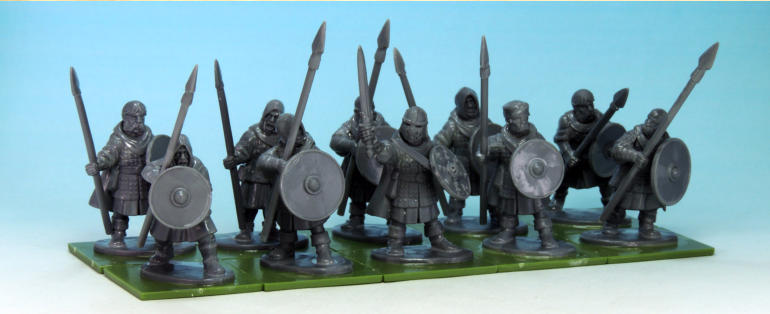
Above. Armoured Dwarves – Kings Body Guard (Line Breaker).

Above. Shielded Dwarves (Dwarf warrior).
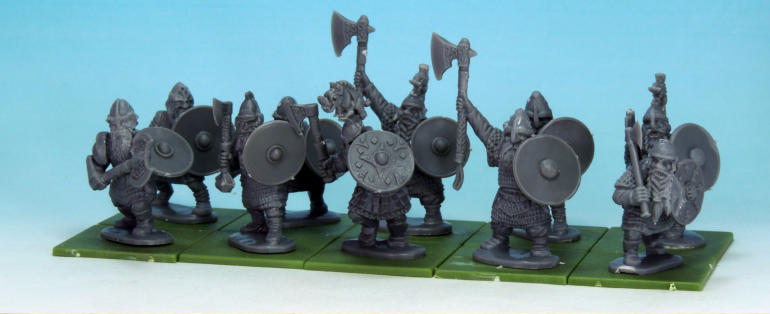
Above. Armoured Elf Guard – double Armed (Line Breaker).
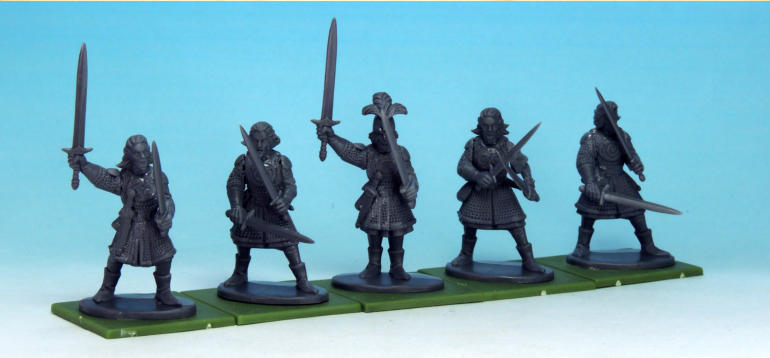
Above. Armoured Elf Guard – double Armed (Line Breaker).
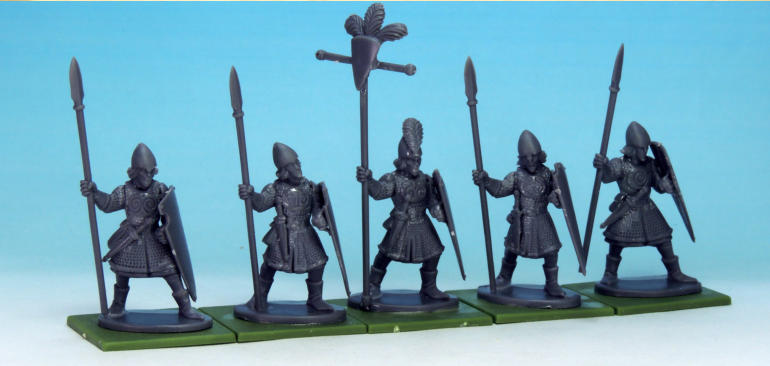
Above. Armoured Elves with Bows.
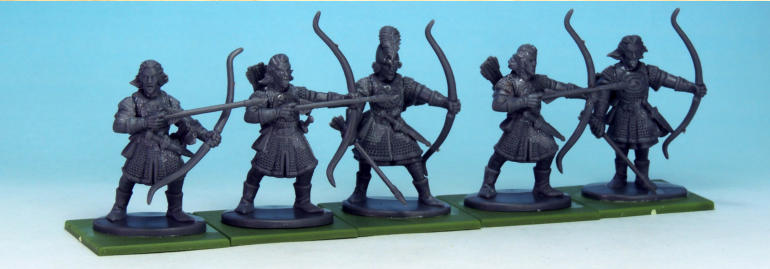
Right. Elf Commander (General)
and Orc Commander (General).
